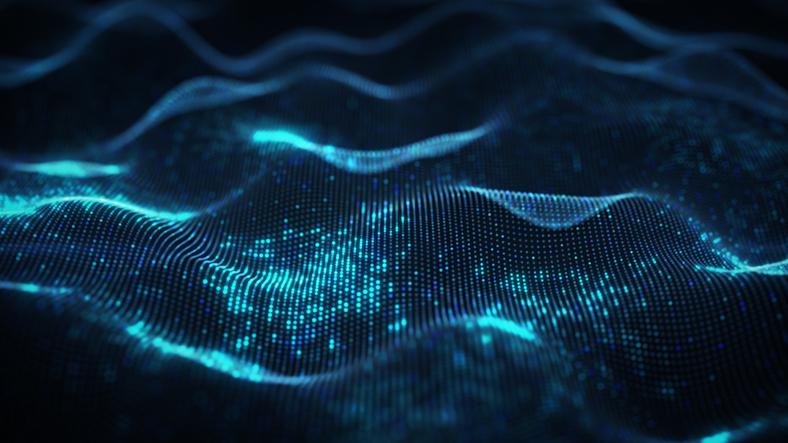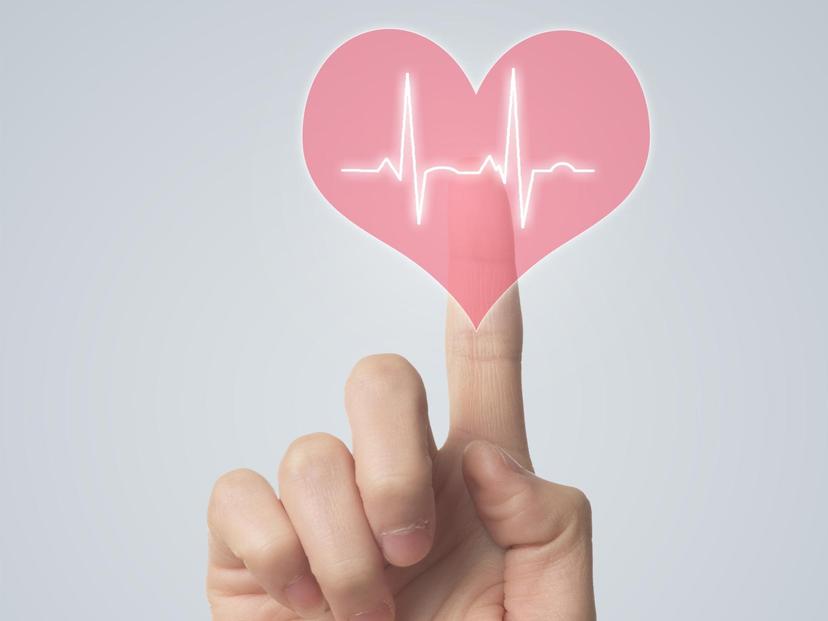25 сентября 2021
Laser Procedures in Cosmetology: Are There Any Health Risks?


25 сентября 2021
Laser Procedures in Cosmetology: Are There Any Health Risks?
## How does a laser beam work?
Put simply, a laser beam has a primary feature that distinguishes it from any other beam: depending on the wavelength and the particular laser installation, only one specific target is exposed. This can be melanin pigment, [hemoglobin](https://ul.orna.me/KOge/librarybiomarker?id=190), collagen, or anything else. When the beam hits the target, energy is converted into heat without affecting other cells that are at the same depth.
The first lasers produced continuous beams and often left scars since the technology was new. However, in the early 2000s, pulsed lasers emerged that allowed physicians to ===vary the frequency and intensity of the beam, monitoring the body's response to treatment. This opened a new page in dermatology and cosmetology: the effectiveness of laser therapy has increased many times over, and the side effects have been drastically reduced.
## What can a modern laser do?
Laser is used to "glue" the varicose parts of small veins and remove spider veins. It is most often used for hair removal. The thermal discharge destroys the hair follicle, causing the hair to die off at the root level. With the help of a thermal discharge, the hair follicle is destroyed, which leads to the death of hair at the root level. Laser removes new growths including papillomas, warts, and moles.
> Dermatologists warn that if you remove a neoplasm with a laser, you will not know whether it was benign or not! Therefore, for this purpose, it is still better to use more traditional methods that allow further examination of the biomaterial.
Laser is used to heat and thereby stimulate the contraction of collagen fibers, which is the essence of laser skin rejuvenation. Pigment-targeted lasers are used to remove tattoos.
Some lasers can even cure psoriasis and reduce the appearance of vitiligo by correcting skin pigmentation and stimulating cells to renew their stratum corneum more quickly.
Fractional lasers are the most advanced and delicate: they are microscopic and are used to treat [acne](https://ul.orna.me/KOge/librarydisease?id=212), keratosis, and melanosis. Finally, laser skin resurfacing can get rid of scars.
## Is laser dangerous?
The laser rays don't affect any bones, lymph nodes, or vital organs. It is not in itself dangerous for the body, the only question is the level of professionalism of the person who adjusts the device for a particular power, and calculates the required number of pulses.
You should not do such procedures in beauty salons, as you have no guarantees about the state of the unit or the level of professional training of the cosmetologist. If the laser is used improperly, burns can occur, scar tissue is formed on the treatment site, and both dark and white spots can appear on the skin.
Modern aesthetic medicine clinics have real doctors working with laser technology, which reduces the risks from the procedures to zero.
## Does it hurt?
The perception of pain is individual, and most patients refer to the sensations during the procedure as tingling. However, in cases of hypersensitivity to pain, an anesthetic may be applied to the area to be treated, or sedation may be performed.
Anyone who falls in one of the following categories should not have laser removal treatment:
- [Pregnancy](https://ul.orna.me/KOge/librarydisease?id=3)
- [Oncological diseases](https://ul.orna.me/KOge/librarydisease?id=39)
- [Inflammatory processess](https://ul.orna.me/KOge/librarydisease?id=78) in the treatment area (excluding acne)
- Wounds and [burns](https://ul.orna.me/KOge/librarydisease?id=157) in the treatment area
Laser technology is developing at a tremendous pace and can solve many problems without risk or side effects. The most important consideration is to choose a qualified specialist!













